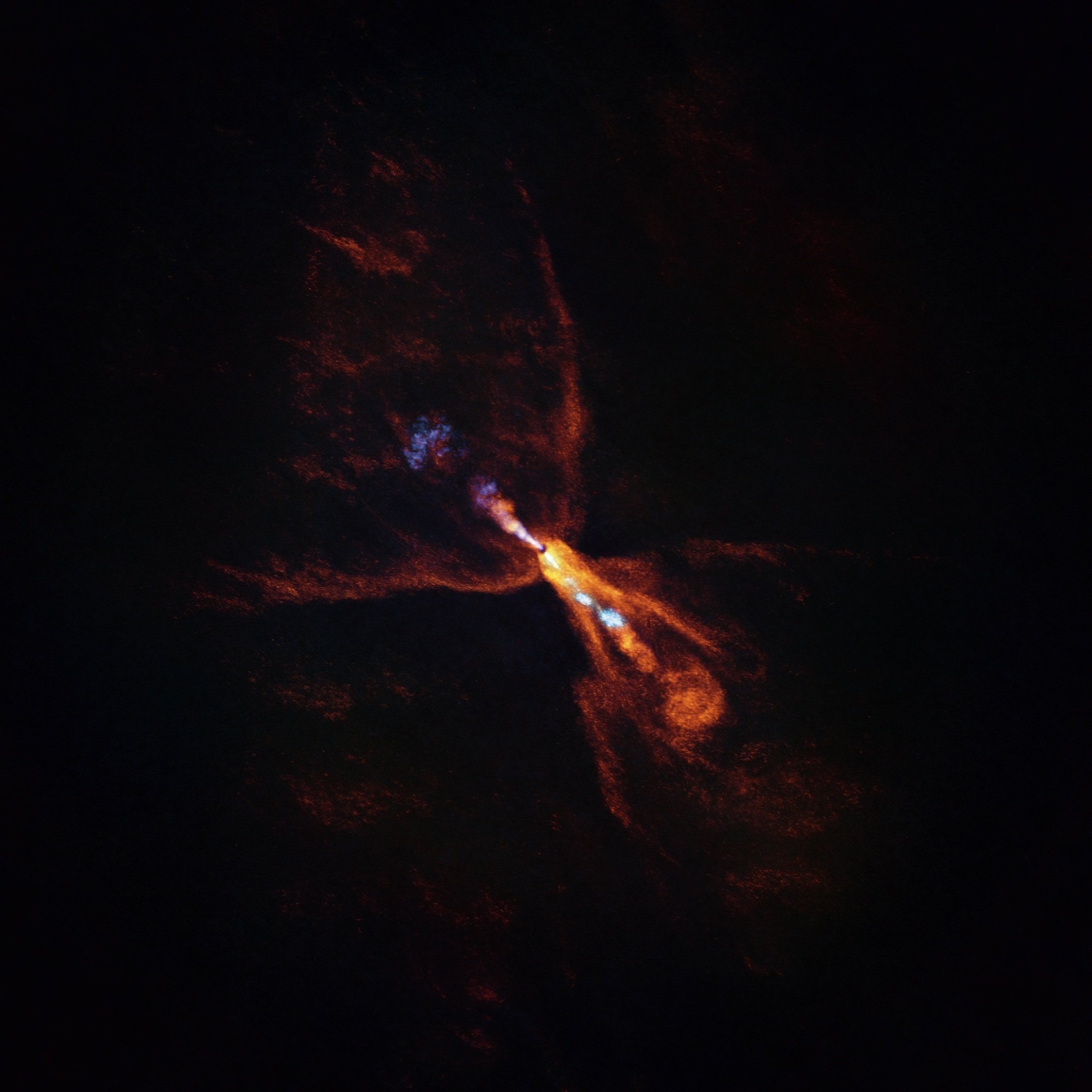
""This is the first time that astronomers have been able to see details of the inner structure of such a system. This provides an opportunity to study how planetary systems such as ours were shaped in the first stages of their existence.""
""First, the early stages of star formation can be obscured by dust and gas. The second issue is that CAIs only form very early in the star's evolution, in the first 100,000 years or so, and finding stars that young is extremely challenging.""
""HOPS-315 is oriented such that JWST and ALMA are able to peer through the surrounding envelope of dust and gas. They were also able to find the signatures of crystalline silicates and silicon monoxide (SiO) in the region less than 2.2 astronomical units from the protostar.""
""This is evidence of the high-temperature conditions required for CAIs to form - models indicate.""
The James Webb Space Telescope (JWST) and ALMA have examined HOPS-315, a protostar in the Orion B molecular cloud, showcasing details of planetary system formation. This research aligns with models predicting the initial conditions for planet formation in the solar system. A key finding is the emergence of signatures of crystalline silicates and silicon monoxide near the protostar, providing evidence of high-temperature environments necessary for the formation of calcium-aluminium-rich inclusions (CAIs). These conditions offer insights into the processes that formed early planetary systems, despite challenges in studying young stars due to dust and gas.
Read at Theregister
Unable to calculate read time
Collection
[
|
...
]